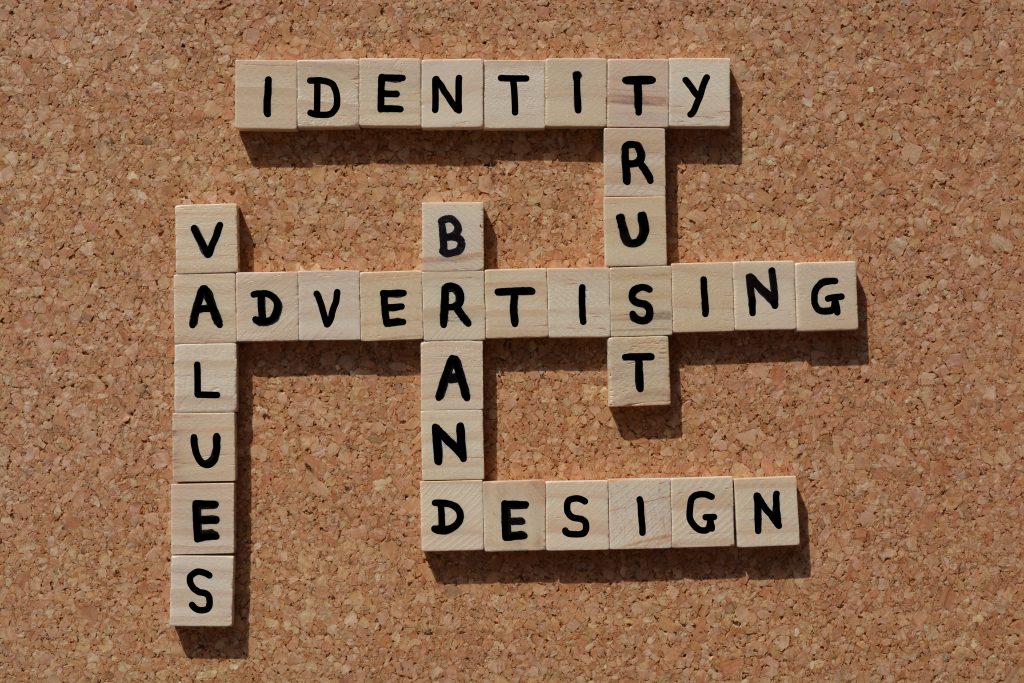AI and Creative Content: How Machine Learning is Influencing Ad Creativity

In the ever-evolving landscape of advertising, the emergence of artificial intelligence (AI) stands as a monumental leap forward. Gone are the days when creativity was solely the domain of human minds, as AI begins to carve its niche in generating innovative and engaging content. This integration of technology reshapes the traditional paradigms of advertising, offering a glimpse into a future where human ingenuity and machine intelligence collaborate to create groundbreaking campaigns. As advertising agencies increasingly harness the power of AI, we stand on the brink of a new era where creativity knows no bounds. Join us as we explore how machine learning is not just influencing but revolutionizing ad creativity, paving the way for advertising agencies to reach unprecedented heights in campaign effectiveness and engagement.
The Rise of AI in Advertising
The journey of AI from a fledgling concept to a cornerstone of technological innovation mirrors the evolution of advertising itself. From the days of simple print ads to the complex digital landscapes we navigate today, both fields have seen exponential growth. AI, with its ability to analyze vast datasets and uncover patterns beyond human capability, has found a fertile ground in advertising. Agencies that once relied on intuition and experience now augment their strategies with AI-driven insights, leading to more targeted and effective campaigns.
The adoption of AI by advertising agencies isn’t just a trend but a necessary evolution to stay competitive in a digital-first world. With tools capable of optimizing ad spend, personalizing content at scale, and predicting consumer behavior, AI is not just an assistant; it’s becoming the backbone of creative strategy.
How AI is Changing Creative Processes
At its core, AI’s influence on creativity can be seen in two pivotal areas: the enhancement of creative ideation and the optimization of content delivery. For instance, AI tools like generative design software enable creative teams to produce more ideas in less time, pushing the boundaries of traditional content creation. This is not about replacing human creativity but enriching it with endless possibilities.
One of the most significant advantages is the personalization of advertising content. AI’s ability to sift through data and identify unique consumer preferences allows agencies to tailor messages that resonate on a personal level. This data-driven approach not only improves engagement rates but also builds a deeper connection between brands and their audiences.
Moreover, automated content creation tools powered by AI are revolutionizing how quickly campaigns can be developed and deployed. These tools analyze performance data in real-time, making adjustments to improve efficacy, thereby ensuring that creative content is not just seen but also felt.
Case Studies: AI-Powered Campaign Successes
The proof of AI’s impact lies in the success stories of campaigns that have harnessed its power. One notable example is a campaign by a leading fashion brand that used AI to analyze social media trends, resulting in highly personalized ad content that led to a 50% increase in online engagement. Another success story comes from a food and beverage company that implemented AI-driven predictive analytics to tailor its marketing strategy, achieving a record-high conversion rate.
These case studies highlight not just the versatility of AI in different sectors but also its ability to significantly enhance campaign performance. By leveraging AI, agencies are not only setting new benchmarks for success but also redefining the essence of creative advertising.
Challenges and Considerations
Despite its vast potential, the integration of AI into creative processes is not without challenges. Ethical considerations around data privacy and the authenticity of AI-generated content are at the forefront of the debate. Moreover, there’s a fine line between personalization and intrusion, requiring agencies to navigate these waters carefully.
Balancing the artistic elements of advertising with the precision of AI is another consideration. While AI can provide insights and automate tasks, the human touch in storytelling and emotional connection remains irreplaceable. Finding synergy between human creativity and machine efficiency is key to harnessing AI’s full potential.
Future Trends in AI and Advertising
As we look to the future, the role of AI in advertising is set to grow even more significant. We can expect advancements in natural language processing to create even more nuanced and contextually relevant content. Additionally, the integration of AI with emerging technologies like augmented reality (AR) promises to open new frontiers for immersive advertising experiences.
Agencies that stay ahead of these trends and invest in AI capabilities will not only lead in innovation but also in creating deeper, more meaningful connections with their audiences.
Conclusion
The influence of AI on creative content is a testament to the transformative power of technology. As advertising agencies continue to embrace AI, the potential for creativity is limitless. The future of advertising lies in the harmonious blend of human ingenuity and machine intelligence, a future where every campaign can be a masterpiece of efficiency and emotion.
We’re on the brink of a new era in advertising, one where AI plays a pivotal role in shaping creative content. Whether you’re an industry professional, a brand looking for innovative advertising solutions, or simply an enthusiast of technology’s impact on creativity, the journey has just begun. Share your thoughts, experiences, or aspirations regarding AI in advertising. Let’s explore together how we can push the boundaries of what’s possible.




